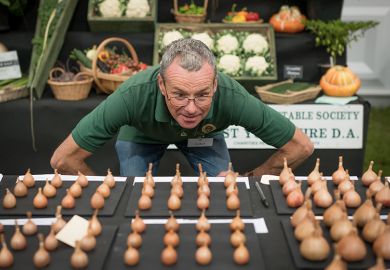Figures released by Ucas reveal that in 2013, 19,955 young men with at least three A levels had one in physics, compared with just 5,345 young women.
The statistics show a very different picture for biology, with 9,000 more young female than male applicants holding an A level in the subject (,020 and 18,010 respectively). For chemistry A levels, the numbers are roughly the same for both male and female university applicants.
The numbers are calculated by looking at the science qualifications held by UK-resident 18-year-old Ucas applicants who have at least three A levels.
They show that around 40 per cent of all Ucas applicants with A levels hold at least one in biology, chemistry or physics. Among the women only, this figure is 35 per cent, compared with 50 per cent among men.
Sarah Main, director of the Campaign for Science and Engineering, said the figures confirmed that the persistent problem of encouraging more women into physics was still a concern.
“We know that girls do very well at physics GCSE, but the uptake of study beyond that level is not as high as it is among boys, despite the fact they are doing better,” she said.
In the 2014 physics GCSE, 91.6 per cent of girls gained an A* to C grade, compared with 91 per cent of boys.
Dr Main said that improving the quality of the “often uninspirational” careers advice offered to school students was one way to boost the number of girls studying physics to a higher level.
“We also need to broaden parents’, students’ and teachers’ perception of the sciences, and the career opportunities that these subjects can open up,” she added.
Register to continue
Why register?
- Registration is free and only takes a moment
- Once registered, you can read 3 articles a month
- Sign up for our newsletter
Subscribe
Or subscribe for unlimited access to:
- Unlimited access to news, views, insights & reviews
- Digital editions
- Digital access to THE’s university and college rankings analysis
Already registered or a current subscriber?




